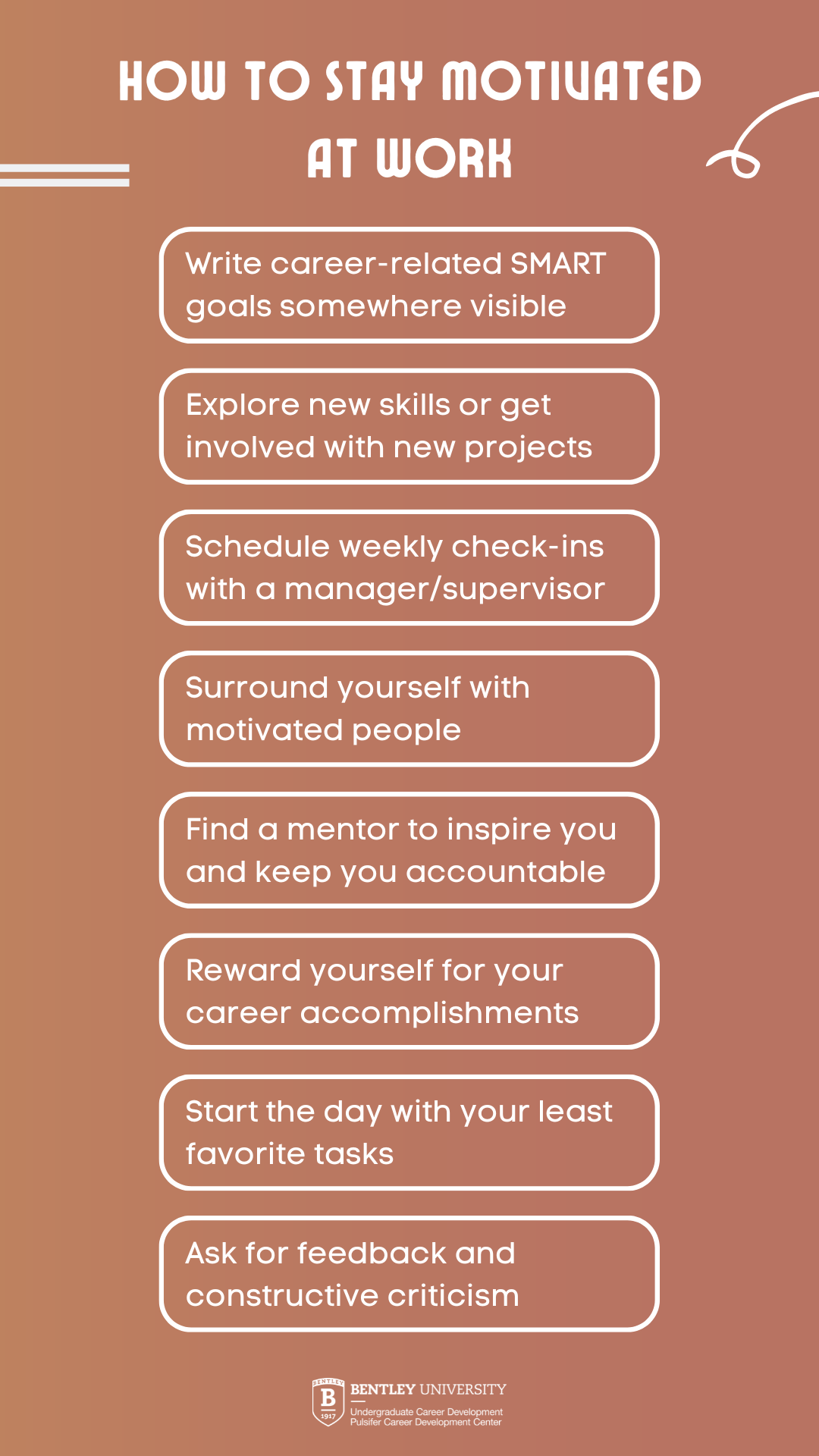How To Be Motivated To Do Something

Procrastination's icy grip can paralyze even the most ambitious individuals. The to-do list looms, deadlines approach, yet the will to act remains elusive. Understanding the science and psychology behind motivation is the key to breaking free and achieving your goals.
This article explores evidence-based strategies for cultivating sustained motivation. We will delve into intrinsic versus extrinsic motivators, the power of goal-setting, the importance of self-compassion, and practical techniques to combat procrastination. These methods are not about instant gratification, but about building a robust internal drive.
Understanding Intrinsic vs. Extrinsic Motivation
Motivation stems from two primary sources: intrinsic and extrinsic factors. Intrinsic motivation arises from internal rewards, such as a sense of accomplishment, enjoyment, or personal growth. Activities fueled by intrinsic motivation are inherently satisfying.
Extrinsic motivation, conversely, is driven by external factors like rewards, praise, or avoiding punishment. While extrinsic motivators can be effective in the short term, studies show intrinsic motivation leads to greater long-term engagement and satisfaction, according to research published in the Journal of Educational Psychology.
The Power of Goal Setting
Well-defined goals are crucial for sparking and maintaining motivation. The SMART framework (Specific, Measurable, Achievable, Relevant, Time-bound) provides a roadmap for effective goal-setting. This framework transforms vague aspirations into concrete targets.
Breaking down large goals into smaller, manageable steps is essential. This approach makes the overall task less daunting and provides a sense of progress as each step is completed. Regularly tracking progress towards these smaller milestones helps maintain momentum.
Cultivating Self-Compassion
Self-criticism can be a major motivation killer. Treat yourself with the same kindness and understanding you would offer a friend. Dr. Kristin Neff, a leading researcher in self-compassion, emphasizes its role in resilience and motivation.
Acknowledge setbacks without dwelling on them. Learn from mistakes rather than letting them derail your progress. Self-compassion allows you to bounce back from challenges with renewed vigor.
Combating Procrastination
Procrastination is often rooted in fear, perfectionism, or lack of clarity. The Pomodoro Technique, a time management method involving focused work intervals followed by short breaks, can be highly effective. This technique divides work into manageable chunks, reducing feelings of overwhelm.
Identify the underlying reasons for your procrastination. Are you afraid of failure? Do you lack the necessary skills? Addressing these root causes can help you overcome the urge to postpone tasks.
The Role of Environment and Social Support
Your environment can significantly impact your motivation levels. Create a workspace that is conducive to focus and free from distractions. Minimize clutter and ensure adequate lighting and ventilation.
Surround yourself with supportive people who encourage your goals. Share your aspirations with trusted friends or family members. Seeking accountability can provide an extra push when motivation wanes.
Maintaining Motivation Over Time
Motivation is not a static state; it ebbs and flows. Develop strategies for reigniting your motivation when it dips. Review your goals and remind yourself of the reasons why they are important to you.
Celebrate your achievements, no matter how small. This reinforces positive behaviors and reinforces your commitment. Regularly evaluating and adjusting your approach ensures ongoing motivation and progress.
Looking ahead, the field of motivation research continues to evolve. New insights from neuroscience and behavioral economics are providing a deeper understanding of the human drive. By staying informed and adapting evidence-based strategies, individuals can unlock their full potential and achieve their most ambitious goals.


















